The surge in popularity of disposable vape has sparked a new dilemma in communities across the United States: how to properly dispose of these small but hazardous devices. While the vaping debate has largely focused on the health risks for youth, the environmental consequences of disposable vapes are now gaining attention. These devices, packed with nicotine, lithium batteries, and other metals, cannot be refilled or recycled, and federal law dictates they should not end up in the trash.
In this blog, we’ll delve into the environmental impact of disposable puff vapes and how local communities are grappling with this growing waste issue.
Disposable Vapes in the U.S.
Disposable e-cigarettes now make up approximately 53% of the multi-billion-dollar U.S. vaping industry, a figure that has more than doubled since 2020. Roughly 12 million disposable vapes are being purchased by American teenagers and adults every month. The current regulatory environment presents a perplexing challenge, as there is no established legal protocol for the proper disposal of these devices.
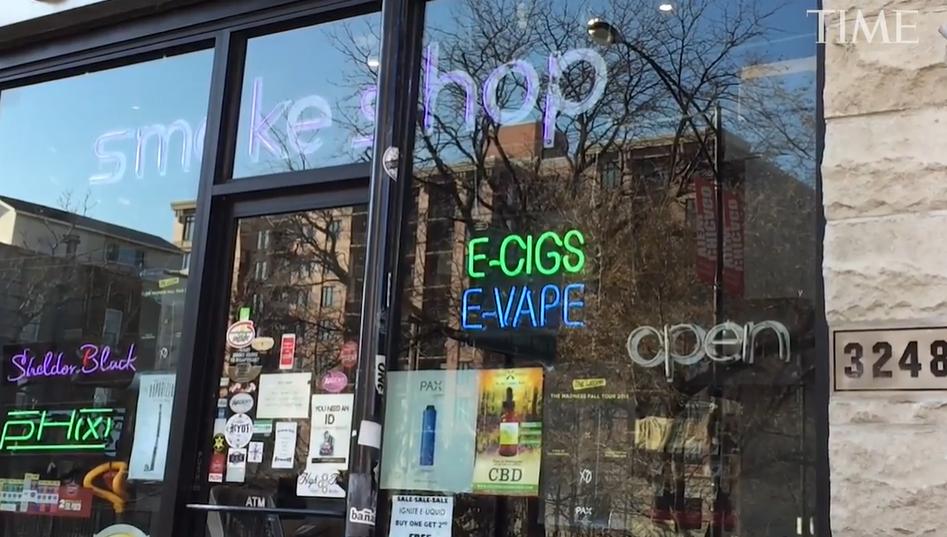
For instance, New York City recently seized hundreds of thousands of banned vapes from local vape stores and is spending more than $1 each for their disposal. Despite this, it is a known fact that tens of millions of disposable e-cigarettes are discarded in the trash each year, as highlighted by Yogi Hale Hendlin, a health and environmental researcher at the University of California, San Francisco.
The Environmental Impact
Disposable vapes contain several components that pose significant environmental challenges. These include:
- Nicotine: A toxic substance that can be harmful to the environment if not handled properly.
- Lithium Batteries: Known for their fire risk and environmental toxicity.
- Metal Components: Various metals used in vape construction can have adverse environmental effects.

The disposal of these devices presents several environmental risks:
- Lithium Battery Hazard: When disposed of improperly, lithium batteries can catch fire in landfills, posing serious environmental and safety risks.
- E-liquid Contamination: E-liquids may contain harmful chemicals that can leach into soil and water systems if not disposed of correctly.
- Accumulation of E-Waste: The proliferation of disposable vapes contributes to the growing problem of electronic waste (e-waste).
Local Solutions and Costs
In the absence of federal guidance, local officials are left to devise their own methods for disposing of disposable vapes collected from schools, colleges, vape shops, and other locations. Some communities resort to costly and complex disposal methods, such as incineration.
In Monroe County, New York, for instance, over 5,500 e-cigarettes were packed into drums and transported to an industrial waste incinerator in Arkansas. While this method may not seem environmentally friendly, it prevents the devices from polluting sewers, waterways, and landfills. Unfortunately, these disposal efforts are expensive and labor-intensive.
Manufacturer Responsibility and Regulation
Critics argue that the vaping industry has sidestepped its responsibility for the environmental impact of its products, and federal regulators have not compelled changes that would make vaping components easier to recycle or less wasteful.
Possible regulatory changes include mandating reusable e-cigarettes or requiring manufacturers to fund collection and recycling programs. While some states have extended product responsibility laws for electronics, vaping products remain largely unregulated in this regard.
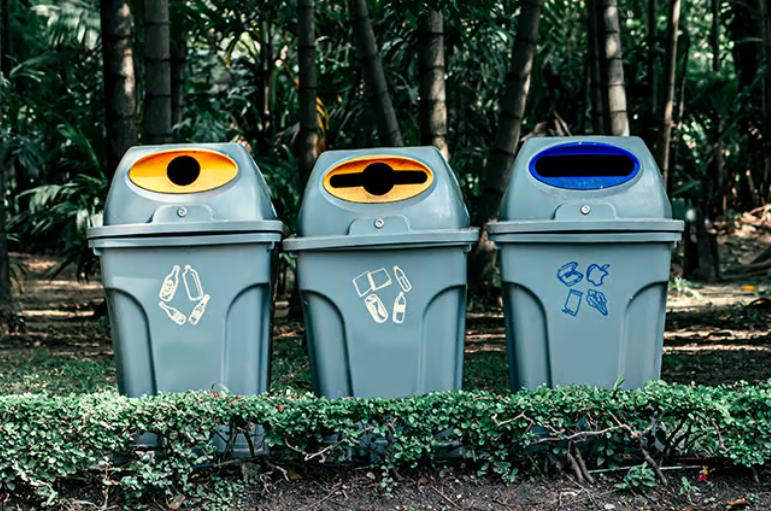
What Vapers Can Do for the Environment?
Vapers, just like users of any other products, can take steps to reduce their environmental impact. Here are some eco-friendly practices that vapers can consider adopting:
- Recycling: Ensure that your used vaping equipment, such as batteries and e-liquid bottles, are recycled appropriately. Many communities have recycling programs for these items.
- Reusable Devices: Consider using top-rated reusable vaping devices instead of disposables. These devices produce less waste as they can be refilled and recharged multiple times.
- Safe Disposal: If you do use disposable vapes, dispose of them properly in designated e-waste disposal containers or follow local regulations for hazardous waste disposal.
- Reduce Plastic Waste: Opt for e-liquids that come in glass bottles instead of plastic ones. Glass is more easily recyclable.
- DIY E-Liquids: Some vapers create their e-liquids at home, which allows them to control the ingredients and reduce packaging waste associated with store-bought e-liquids.
- Battery Recycling: Ensure that lithium batteries used in vaping devices are properly recycled through battery recycling programs. Many electronics retailers offer battery recycling services.
- Advocate for Regulations: Support and advocate for regulations that promote responsible vaping practices and environmentally friendly product design.
By adopting these practices, vapers can play a role in decreasing their environmental footprint and contributing to a more sustainable vaping industry.
Conclusion:
The surge in disposable e-cigarettes has not only raised health concerns but also created an environmental predicament. The hazardous waste generated by these devices challenges communities to find safe disposal methods while dealing with the financial costs involved. It’s a stark reminder of the environmental impact of our consumption habits.
As we navigate this growing waste problem, raising awareness and advocating for responsible disposal practices are critical steps toward mitigating the environmental consequences of disposable vapes. The onus falls on both manufacturers and consumers to consider the lifecycle of these products and their environmental implications.
For now, local communities are taking action in the absence of clear federal regulations, but addressing this issue comprehensively requires a collaborative effort between regulators, manufacturers, and consumers.


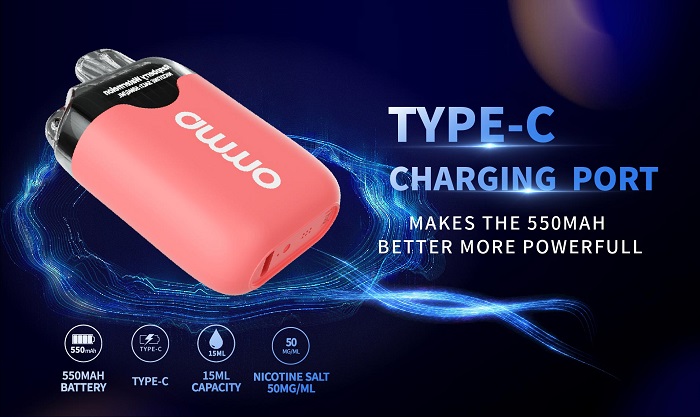
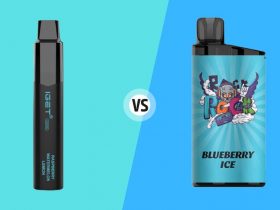




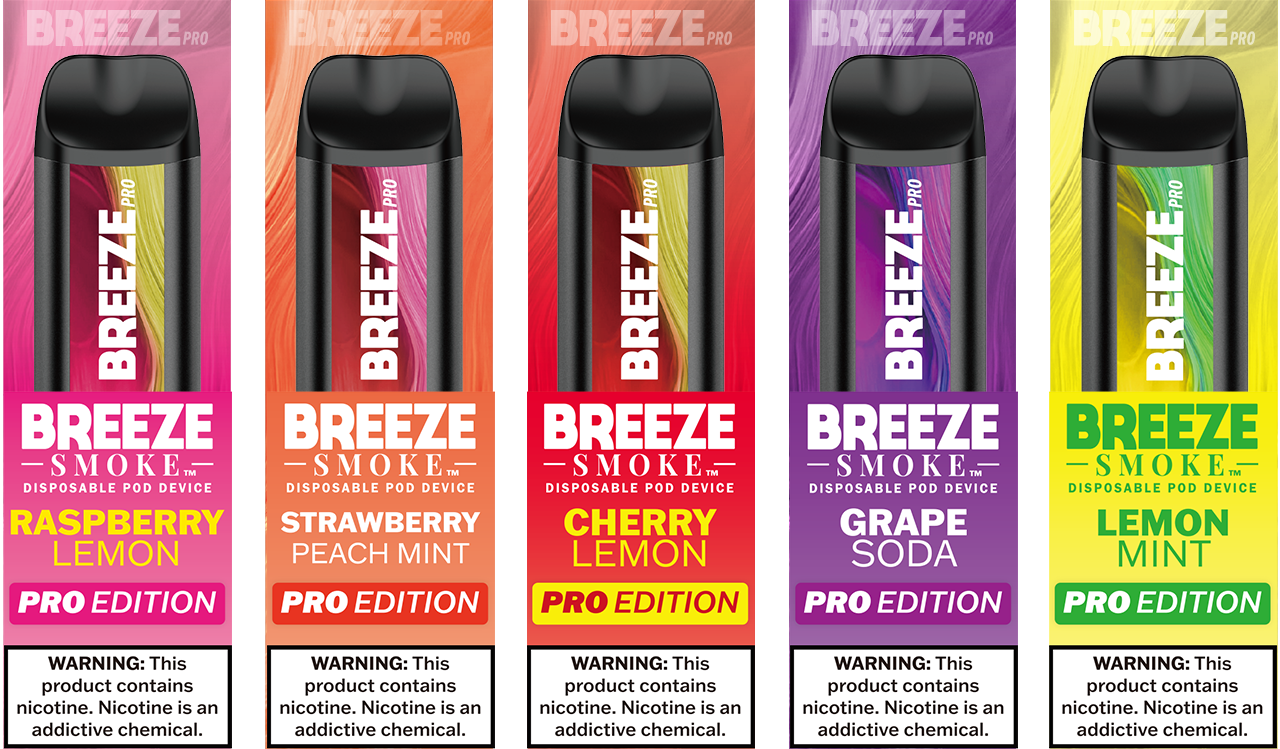

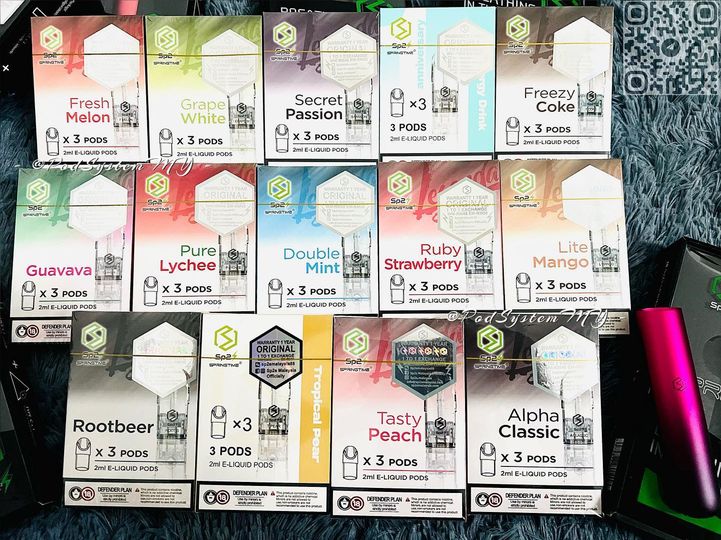






Leave a Reply